S$29,000 to join a four-day, 200km ultra-marathon? Here’s what you get
The 40 participants in April 2022’s Highland Kings Ultra will recuperate each night in an opulent race camp, enjoy sports massages, sleep on king-sized beds in individual, butler-serviced bell tents, and feed on Michelin-starred restaurant food.
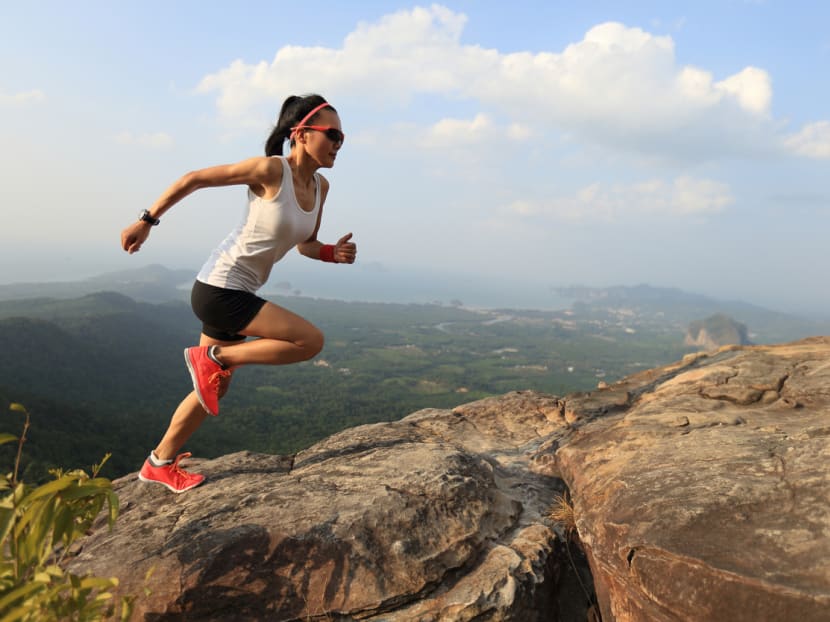
Participation in the sport of ultra-running – classified as any foot race longer than a traditional marathon – has exploded in the last decade. (Photo: iStock)
From the eastern edge of Glen Coe, one of Scotland’s most iconic valleys, we head south along the West Highland Way, climbing quickly along a stony track. The majestic Rannoch Moor spreads out in front of us. The grass and heather, reflecting the warm July sun, are the brightest of greens. White bog cotton flutters in the light breeze.
Once you give up the heavy hiking boots and hulking backpack, it is surprising how quickly you can move through the mountains. In no time we reach the top of the rise and the rocky route unfurls ahead. We run down, across the moorland, letting gravity do the work. A river slows, forming a small lake. The still water reflects the clouds overhead.
After months of coronavirus travel restrictions and regular lockdowns, running through the Scottish highlands, just a few hours after taking off from London’s sleepy City airport, provides a thrilling, unfamiliar sense of freedom.
The day’s route is short, about seven miles, but the scenery is stunning. The steep-sided Glen turns into open, undulating grassland, and then to thick pine forest on the edge of Loch Tulla, before we tumble out onto a remote road next to a quaint lodge house.
Our running, for today at least, is finished. In contrast, next April, when former army sergeant major Matt Smith hopes 40 runners will be barrelling down the same track, they will still have around 20 miles to the end of stage one and more than 110 miles to the end of the four-day race.
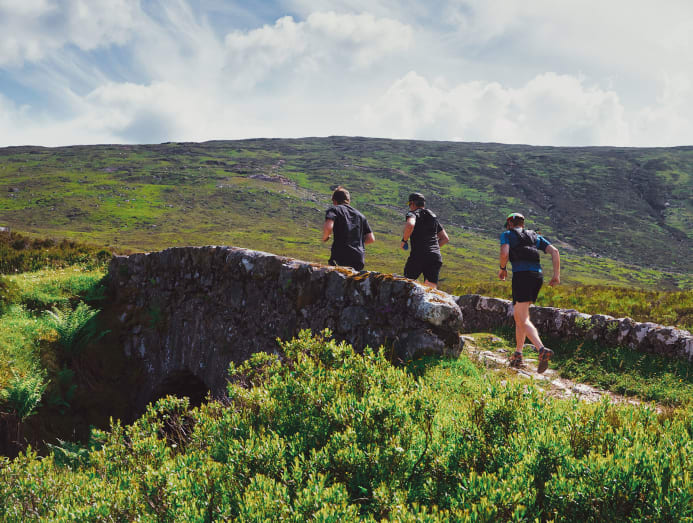
And while I am a guest of Smith’s Primal Adventures, in Scotland to sample his plans for next year’s Highland Kings Ultra, those competitors, he hopes, will pay £15,499 (S$28,800) for the privilege – an amount sure to raise eyebrows among some devotees of a traditionally down-to-earth, no-frills sport.
“There are thousands of ultra-races around the world and not one of them is like this,” Smith explained to me earlier in the day as we snaked along the edge of Loch Lomond in a sparkling Land Rover, fresh off the forecourt in Glasgow. “People want to do something that no one else is doing, or no one else can do.”
Participation in the sport of ultra-running – classified as any foot race longer than a traditional marathon – has exploded in the last decade. While running (or shuffling) 26 miles (42km) may have been sufficient to win the respect of friends and peers 20 years ago, today more people are seeking out tougher challenges, and often running further and further.
In 2018, at least 611,098 people worldwide participated in an ultra-marathon, up 345 per cent in 10 years, according to a May study that claimed to cover more than 85 per cent of ultra-running events worldwide.
The races vary in length, duration and format, and range from the extremely difficult to the seemingly insane. In Colorado’s elite Hardrock, 100 athletes run 100 miles in a single push, climbing 10,000m, while at an average altitude of more than 11,000 feet (3,350m). In more provincial surroundings, John Stocker from Oxfordshire, England, ran a record 337 miles in 81 hours at the Suffolk Backyard Ultra in June, completing a 4.167 mile lap of the county’s Knettishall Heath every hour until he gave up.
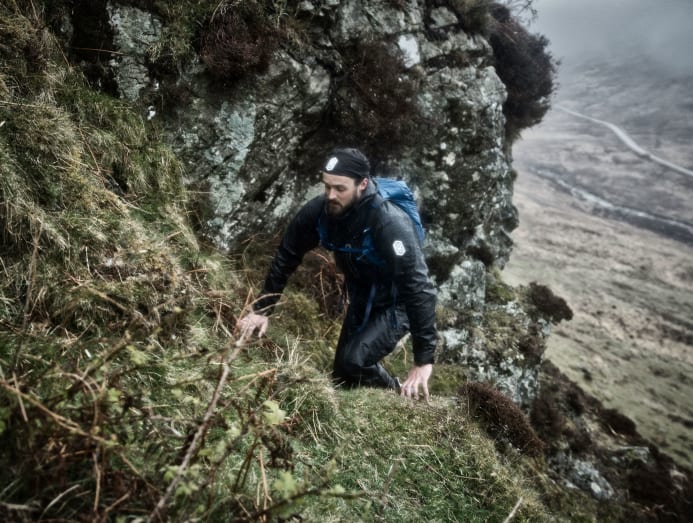
The physical feat aside, such races are often a logistical challenge for participants too. At the six-day, 155-mile Marathon des Sables in the Sahara desert that I completed in 2019, we carried our own food and equipment and slept on the rock-strewn desert in open-sided Berber tents. At the Ring O’Fire – a three-day, 135-mile race around the Welsh island of Anglesey – competitors spend the first night on the cold floor of a leisure centre and the second in a village hall.
Purists might argue this hardship is all part of the “ultra experience” but this is where Smith’s race differs. The 40 participants in the Highland Kings will recuperate each night in an opulent race camp, rest weary legs in hydrotherapy pools, enjoy “world-class” sports massage, and sleep on memory-foam-topped king-size beds in individual, butler-serviced bell tents, all while being fed by a chef from a Michelin-starred restaurant.
“Race like a warrior, recover like a king,” said Smith, who’s been planning the event for four years and bills it as “the world’s first premium ultra”. But this is not luxury for luxury’s sake, he insists. Rather, the event is intended to “create the best conditions to get the best out of yourself”. To achieve, in his words, “optimum human performance”.
“Throughout my military career I wanted to push myself physically to be the best that I could be,” said Smith. “So when I create these events, I want the events to be the best, so I need the best people, I need the best equipment, I need the best logistics.”
With performance in mind, participants’ race experience will begin, not on the start line in April, but seven months earlier in the Porsche Human Performance Centre at the UK’s Silverstone racetrack for a full cardiopulmonary exercise test.
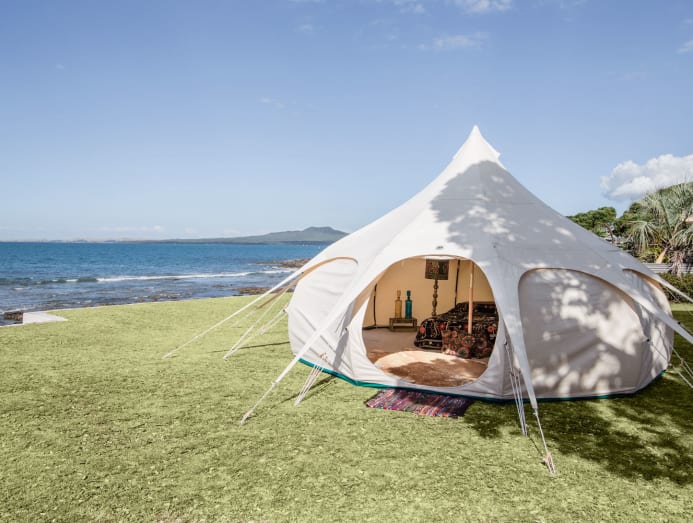
“Race like a warrior, recover like a king.” – Matt Smith
Smith claims nothing has been overlooked. Dorset-headquartered Precision Hydration will use sweat composition assessments to give the runners bespoke hydration supplements. Personalised watches will be provided by Garmin and race clothing by ThruDark. And world-class ultra-runners Anna-Marie Watson and Jonathan Albon will deliver coaching and review participants’ monthly training plans throughout the build-up.
“It’s not just how much you can run, it’s how much you can recover,” explained Watson, who placed second at the Marathon des Sables in 2015 and has a series of other victories and fastest-known times to her name. As one of several women currently setting records in ultra-running, Watson hopes the Highland Kings can attract equal numbers of men and women. She swears by the value of cross-training and running at night when “you can have the world to yourself”.
Albon, who is the reigning trail running world champion and two-time winner of the Skyrunning World series, says he first uses training to build “as big an engine as possible” through long, slower runs. Around 10 weeks before race day he starts to “tune the engine” by tailoring his training to mirror the speed and conditions of the event. Two weeks out he “fills it with fuel” by resting. “Build the engine, train the engine, fuel the engine,” he says. It all sounds simple enough.
The next morning, the engine possibly over-fuelled with a Scottish cooked breakfast, we set out to explore the race’s second stage: 32 miles from the village of Dalmally on the Strath of Orchy, through hilly, wooded terrain to the picturesque Loch Fyne. We run a fast downhill section along a curving forest road. The ground falls away to our right and the view stretches into the distance across towering tree tops.
With the promised chef booked only for the event itself, we settle instead for lunch at the original Loch Fyne restaurant, which has been selling oysters on the water’s edge since 1978 and has spawned 21 outposts across the UK. I decide wine probably doesn’t fit with the afternoon run planned on the rugged Isle of Arran, but the whole brown crab is fresh and delicious.
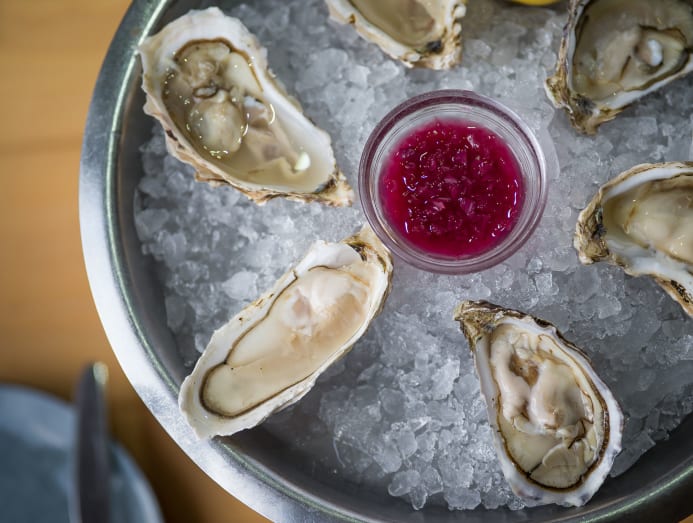
“People want to do something that no one else is doing, or no one else can do.” – Matt Smith
I ask Smith whether he thinks fine dining and drams of single malt whisky are really compatible with ultra-running. He insists they can be. Wealthy thrillseekers have for decades combined extreme skiing in remote mountains with luxurious lodgings, so why not running, he says.
The last decade has seen road cycling in the UK go from a niche sport to what some have dubbed “the new golf” – beloved by competitive corporate high-flyers with money to spend on the latest kit. Smith’s bet is that ultra-running is next.
From Loch Fyne, the Highland Kings runners will head south on day three covering 34 miles of mostly coastal path to the smart marina of Portavadie, before crossing the Firth of Clyde by speedboat to the Isle of Arran.
When we inch out of the harbour the sea is almost completely flat. The engines on the jet black Stormforce Rib roar as the helmsman pushes down the throttle and soon we are skimming across the water.
Arran is stunningly beautiful. As we dock at the pier the distinctive warble of Scottish bagpipes, there to greet us, echoes around the picturesque waterfront. The island is often described as Scotland-in-miniature. Otters and seals like to hunt along its rugged coastline; golden eagles can be spotted soaring over its dramatic mountains.
At the water’s edge the empty Lochranza Castle, built in the late 1200s by the son of the Scottish lord Sven “the Red”, marks the start of what will be the final stage of the race: 28 miles with 6,000 feet of ascent, across Goatfell, the island’s highest peak.
Over the next day we sample two parts of that route: A heart-pumping run from the village of Brodick up the breathtaking Glen Rosa and a fast descent through the Dougarie Estate, built as a sporting lodge for the 11th Duke of Hamilton around 1865, to the finish line on Arran’s west coast.
The final day will be the real test, says Smith, adding that the prospect of a banquet on the last night hosted by Sir Ranulph Fiennes, the celebrated explorer, should help get the runners over the line.
“Fight the weak voice in your head at all times – that is the secret,” Fiennes, now 77, tells me one morning when we chat on the phone to discuss his involvement.
Fiennes knows a thing or two about motivation. During one unsupported trek across Antarctica, he shed 25kg in 90 days, while hauling a 220kg sledge of food and equipment. He was eating 7,000 calories a day, he says, but the superhuman effort meant the pounds still fell off him.
To keep himself moving on polar expeditions he would often imagine that the two people he respects most, his father and grandfather, both of whom died before he was born, were watching him as he travelled across the ice. “I don’t want to be the first in the group to give up but I am wanting to,” he said. “So in the tent every night . . . I am looking around at the other people in the group hoping that one of them will give up so I won’t be the first.”
Whether Fiennes, a lover of the truly unbeaten track, would have signed up to run the Highland Kings if he were a decade or so younger, I am not certain. But for those who combine Fiennes’ sense of adventure with an appreciation for the finer things in life, Smith’s race promises a unique experience and possibly a taste of the next big trend in adventure travel.
By Tom Wilson © 2021 The Financial Times
Tom Wilson was a guest of Highland Kings. The inaugural Highland Kings Ultra takes place from Apr 25 to Apr 29, 2022. Entry costs £15,499 and is limited to 40 people; to date about a quarter of the places have been booked






